Fresh Oysters — Juicy, Briny & Premium Shellfish for Grill, Fry & Masala | Fresh Delivery in Karachi
Fresh Oysters are a true seafood delicacy in Karachi, loved for their juicy texture, natural briny flavor, and rich ocean taste. Whether you enjoy them lightly cooked or well-seasoned, oysters offer a luxurious seafood experience that stands out from regular fish.
Oysters are extremely versatile and work beautifully in light fry, masala, garlic butter, grilled preparations, soups, and continental dishes. When cooked properly, the meat becomes tender and succulent, soaking up flavors while still keeping its natural sweetness.
At Anbar Fish Karachi, our oysters are carefully sourced from clean coastal waters, hygienically handled, and delivered fresh and chilled across Karachi, so you can enjoy premium shellfish without compromising on quality.
Similar Seafood to Try
If you enjoy oysters, you may also love Mud Crab, Slipper Lobster (Jungli Kikat), or Large Prawns for their rich, juicy flavors.
Flavor Profile
Like other shellfish, oysters shouldn’t taste overly fishy Rather, they have a very subtle fish flavor, and taste like the ocean, with mineral notes that vary depending on the type While raw oysters
themselves don’t have a strong flavor, they are usually served with lemon or sauce that adds flavor
Nomenclature
English Name: Oyster, Slipper Cupped Oyster, Leaf Oyster
Local Name: Khapoo, Kadda, Khar Kunt
Scientific Name: Ostreidae
View the full Oysters profile on World Regestirar of Marine Species
Habitat
The Arabian Sea oysters live in salty or brackish coastal waters, clustering on older shells, rocic, piers, or any hard, submerged surface. They fuse as they grow, forming rock-lilie reefs that provide habitat for other marine animals and plants.
Catching Method
Wild oysters are caught by watermen who employ a few methods to harvest them, mainly dredges (briangular rallies with nets dragged behind oyatering boats) or tongs (scissor-She rakes used by hand or with a mechanized system to harvest oysters
Physical Attributes
Oysters are bivalves, which is the name for several marine and freshwater mollusks that have long, flat bodies made up of ashell consisting of two hinged parts. Oysters use their gills and cilia to process water and feed. Oysters have a small heart and intemal organs, but no central nervous system
Appearance
Oyster shells are usually oval or pear-shaped, but will vary widely in form depending on what they attach to. They are generally whitish-gray in outer shell color and their inside shell is usually a porcelain white. They have extremely strong adductor muscles to close their shells when threatened
Size
On average, the oyster size range is 3 to 5 inches. However, other sizes are also occasionally available
Cleaning Preferences
To prepare your oysters safely and deliciously:
- Rinse thoroughly — Place the oysters in a colander and rinse under cold running water.
- Scrub the shells — Use a stiff brush or even a clean toothbrush to scrub away any sand, mud, or debris from the outer shells.
- Check for freshness — Discard any oysters that are already open or have cracked shells, as these are not safe to eat.
👉 After cleaning, keep your oysters chilled on ice until you’re ready to shuck and enjoy.
Approx. Cleaning Yields
Whole: 100%
Edible Meat: 10.3%
Why Our Oysters Stand Out
Same-Day Freshness — Delivered chilled from trusted marine sources to preserve ocean-fresh quality.
Premium Oyster Experience — Enjoy the refined taste of the sea with every half-shell.
Nutrient-Packed Superfood — Rich in zinc, vitamin B12, selenium, iron, protein, and healthy monounsaturated fats.
Versatile Culinary Use — Delicious raw with lemon, grilled in garlic butter, baked, or incorporated into curries and pasta.
Hygienic & Ready to Cook — Cleaned and chilled for safe, convenient preparation.
Culinary Ideas to Inspire
Classic Half-Shell Serve — Squeeze of lemon or hot sauce for pure, unadulterated flavor.
Garlic Butter Grilled Oysters — Smoky, velvety, and indulgent.
Cheese & Herb Baked Oysters — A savory crowd-pleaser, perfect for dinner parties.
Oyster Curry Twist — A flavorful, creamy South Asian-style seafood dish.
Seafood Pasta Upgrade — Add oysters to elevate your pasta with depth and richness.
Health Benefits You Can Taste
Immune Support & Healing — High in zinc, iron, and B12, crucial for immune function and energy.
Heart & Brain Health — Omega-3s and antioxidants support cardiovascular and cognitive functions.
Strong Bones & Joints — Contains calcium, magnesium, and vitamin D, essential for skeletal health.
Youthful Skin & Hair — Nutrients like vitamin A, zinc, and copper promote healthy skin and hair vitality.
Low-Calorie, High-Nutrition — A nutrient-dense superfood perfect for healthy diets.
An insightful article on Harvard Health Publishing discusses the benefits of consuming bivalves such as Oysters, and why eat lower on the seafood chain?
Oyster (Kadda) — FAQ
| Question | Answer |
|---|---|
| What are Oysters (Kadda)? | Saltwater mollusks prized for their clean, briny flavor and smooth texture. |
| Are they safe to eat raw? | Yes, when fresh and hygienically handled—perfect raw on the half shell. |
| Do you offer pre-shucked options? | Yes—available shell-on or pre-shucked on request for convenience. |
| How are they delivered? | Chilled and hygienically packed, delivered the same day across Karachi. |
| Are Oysters healthy? | Extremely—packed with zinc, B12, iron, omega-3s, and essential minerals. |
| How should I cook them? | Enjoy raw, grill, bake, or use in curries and seafood dishes. |
| How should I store them? | Refrigerate and consume within 24 hours; freeze shucked oysters for longer. |
| Can I order online? | Yes—just select quantity, choose shell-on or shucked, and we’ll deliver. |
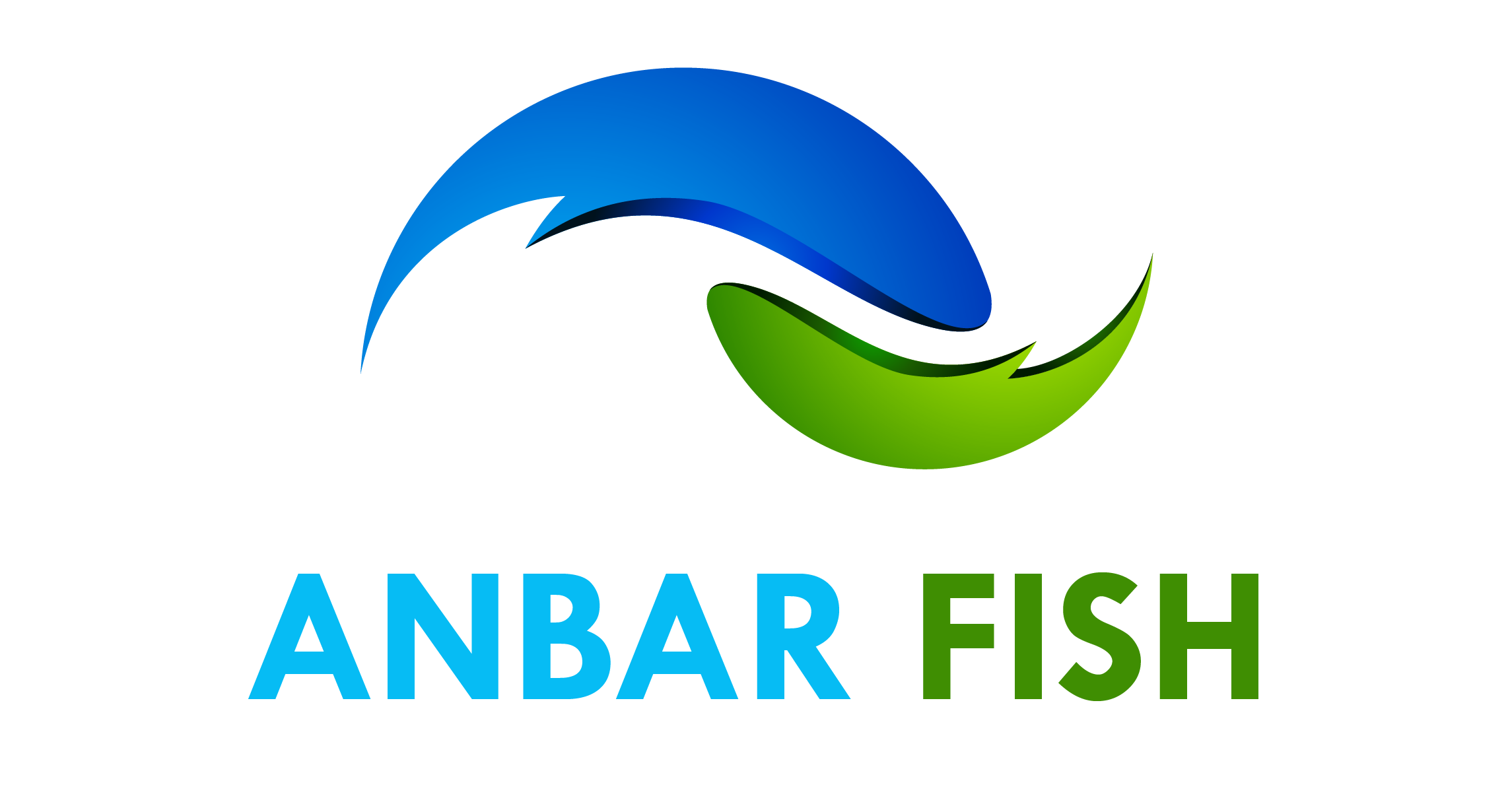
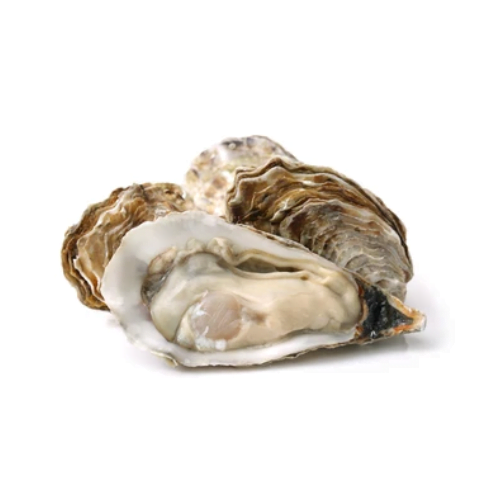
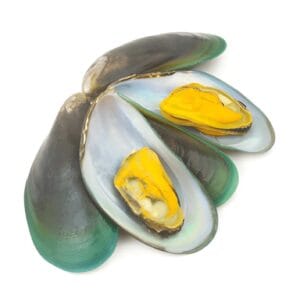

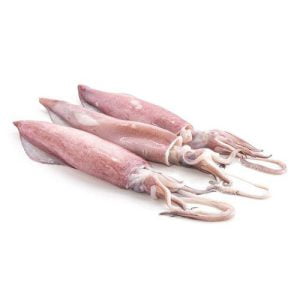
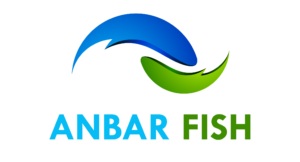
There are no reviews yet.